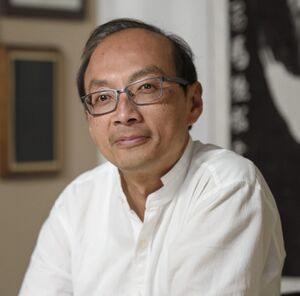David Ngar Ching Tse
Biography
Known for his unique ability to pioneer theoretical concepts that have a substantial practical impact on wireless networks, David Tse’s work has profoundly impacted wireless data transmission by increasing wireless channel capacity and combating interference. His contributions to an approximation approach to network information theory, diversity-multiplexing tradeoff in multiple-input multiple-output (MIMO) wireless communication, opportunistic scheduling, and scaling laws for ad-hoc networks have helped enable the wireless data boom we take for granted today. Tse developed an opportunistic scheduler and demonstrated that one can harness fading to increase network capacity, contrary to the conventional thinking that fading was detrimental. He showed that by scheduling the users with the “best” channels, along with appropriate fairness guarantees, one could increase the system throughput as well as individual throughput significantly. This was part of the Qualcomm EvDO high-data-rate wireless system and was subsequently incorporated into all 3G and 4G cellular systems. In collaboration with Pramod Viswanath and Rajiv Laroia, Tse later extended this idea to slowly changing channels by using the idea of multiple antennas to induce fading and therefore enabling opportunistic scheduling. In joint work with Lizhong Zheng, he pioneered the diversity-multiplexing tradeoff framework to design MIMO systems, which optimally extracts diversity and multiplexing benefits from wireless fading channels. The approximation approach to wireless network information theory (a collaboration with Salman Avestimehr and Suhas Diggavi) has made significant progress in resolving many important open questions within a universal approximation constant. This approach tackled a long-standing problem by resolving the capacity of the Gaussian interference channel up to 1 bit. Tse has made a positive impact on education with his book Fundamentals of Wireless Communication (coauthored with Pramod Viswanath). Used in over 60 institutions around the world, this book introduces and illustrates fundamental wireless concepts from engineering practice and presents mathematical abstraction at a level just right to provide insights but not so deep that it no longer models the real world.
An IEEE Fellow and recipient of the IEEE Information Theory Society’s Claude E. Shannon Award (2017), Tse is the Thomas Kailath and Guanghan Xu Professor of Engineering at Stanford University, Stanford, CA, USA.
